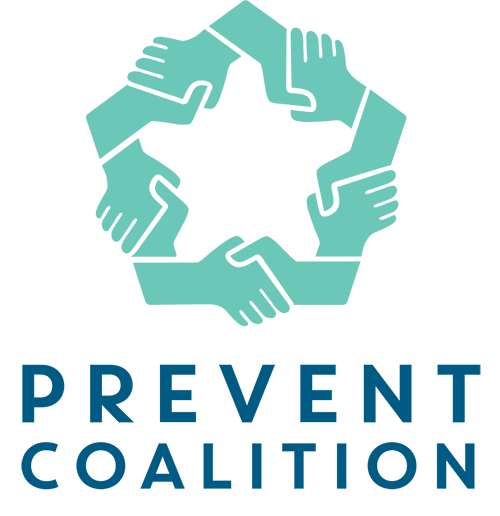What We Do
We strive to be a connector for all youth substance use prevention efforts in Clark, Klickitat and Skamania counties.What is Prevention?
Prevention is using upstream thinking to make community-wide changes that protect kids early on. Prevention work reduces risk factors that contribute to youth substance use while increasing factors known to protect youth and build resilience. Prevention efforts serve as a catalyst to increase participation and collaboration among all sectors of a community. Learn What Works and What Doesn’t in prevention.
Research shows a connected community is a safe and healthy community.
We strive to be a connector for all youth substance use prevention efforts in Clark, Klickitat and Skamania counties. Prevent consists of members from the entire southwest region and amplifies our regional readiness for conducting prevention strategies. With Prevent Rural, we also connect community members and unite the prevention community in rural areas across Washington.
To do this, we involve parents, youth, schools, media, business, government, faith communities, law enforcement, healthcare professionals, and other prevention organizations. This approach ensures our interventions are comprehensive and strategic. Each sector provides unique perspectives and knowledge to share.

History of Prevention in Washington State
Compiled by: Mary Segawa, Julie Peterson, Liz Wilhelm and Joy Lyons, WASAVP members
